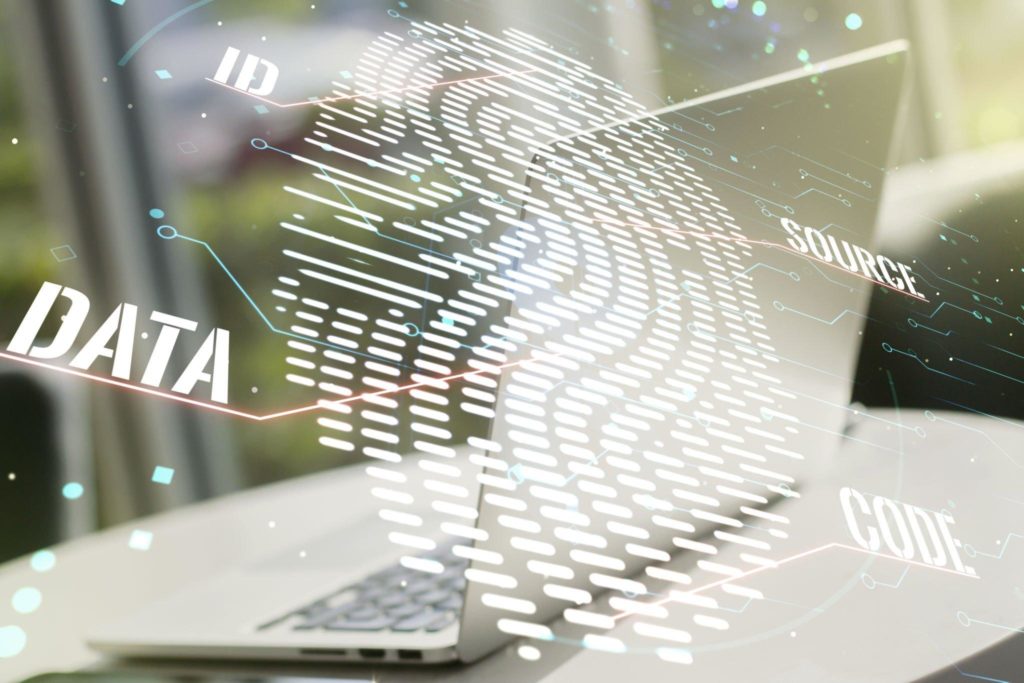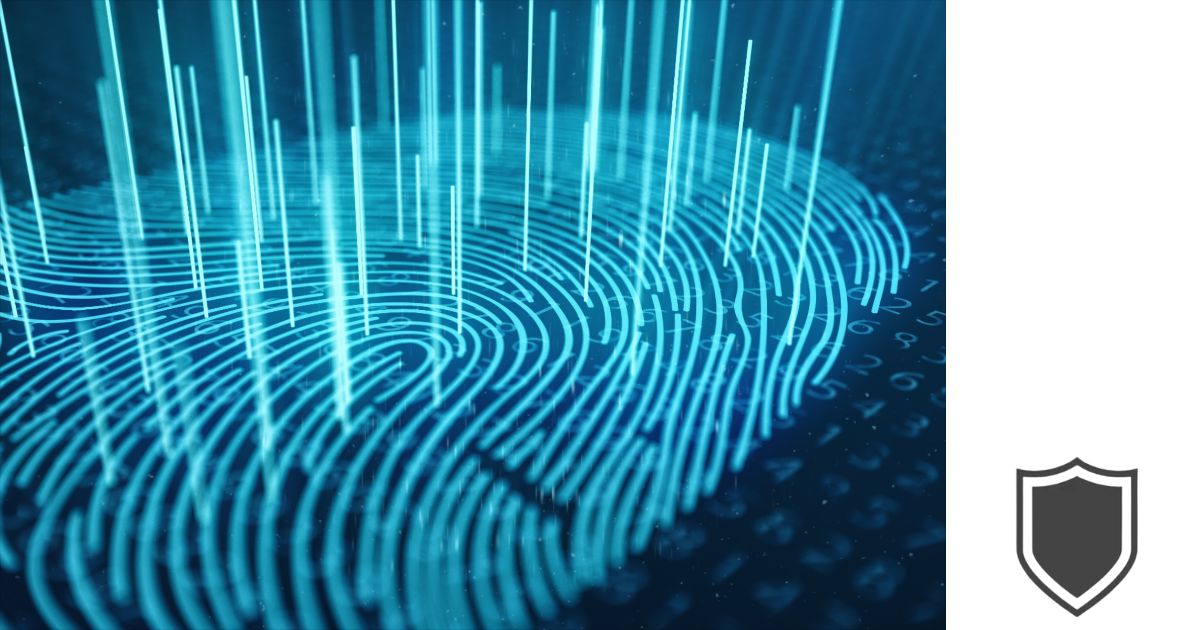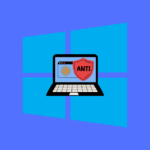In the fast-changing digital world of today, each click, publication, and search you perform adds to your online footprint. Yet, how can you truly understand the extent of your digital presence?
Enter the world of the digital footprint checker. This innovative tool helps you map your digital journey, revealing the intricate patterns of your online behavior. It’s like a mirror reflecting your virtual identity – often illuminating, sometimes surprising.
In this article, we’ll delve into how a digital footprint checker operates, how it can be a pivotal part of your online privacy strategy, and why understanding your digital footprint matters.
Table of Contents
Understanding Digital Footprint
As we browse and interact online, we leave behind a data trail known as our digital footprint. This includes our posts and shares on social media, online purchases, banking, app transactions, and more. Our digital footprint can be used to track our online activities and create a detailed online portrait of us, which can pose serious security threats if in the wrong hands.
Our digital footprint comes in two kinds: active and passive.
Active footprints are created intentionally, such as posting or filling out an online form, while passive footprints are created without our knowledge, such as cookies that track our browsing history.
Our digital footprint is a representation of the data we share online. It is the digital equivalent of a physical footprint and can be used to identify us. Our digital footprint can be used to track our online activities, create a detailed online portrait of us, and pose serious security threats if in the wrong hands.
Our digital footprint is made up of data and information that we share online. This includes our personal information, such as our name, address, and phone number, as well as our online activities, such as the websites we visit and the products we buy.
It is important to be aware of our digital footprint and take steps to manage it. By managing our digital footprint, we can protect our privacy and security online. We can do this by being careful about the information we share online, using privacy settings on social media, and regularly checking our digital footprint to ensure that our online activities are not being tracked without our knowledge.

Digital Footprint and Social Media
Social media is one of the primary ways we leave a digital footprint online. Our online activities on social networks like Facebook, Twitter, Instagram, and LinkedIn can leave a lasting impression on the internet. Therefore, it is essential to be mindful of what we share online and how it can impact our digital footprint.
One of the first things to consider is privacy settings.
Most social networks have privacy settings that allow us to control who can see our posts, photos, and other information we share. It is crucial to review these settings regularly to ensure that we are only sharing information with the people we intend to share it with. By doing so, we can reduce the likelihood of our personal information being exposed to the public.
Another critical aspect of managing our digital footprint on social media is our usernames.
It is essential to avoid using our real names as usernames as it can make it easier for hackers to find our personal information.
When using social networks, it is also important to be mindful of the type of content we share. Posting inappropriate content can have severe consequences, such as damaging our reputation or getting us into legal trouble. We should also be careful about the information we share, such as our location, as it can make us vulnerable to cyber threats.
Digital Footprint Checker Tools & Apps
As digital footprint checks become more important, many tools have emerged to help individuals and companies keep track of their online presence.
Here are some of the most popular digital footprint tools:
- Google Alerts: Google Alerts is a free tool that can help you keep track of your digital footprint. The tool allows you to set up alerts for specific keywords or phrases, and you will receive an email notification every time Google finds a new result that matches your search criteria. Google Alerts is a great way to stay on top of your online presence and monitor any mentions of your name or brand.
- Incogni: This is a service that helps remove your personal information from various online databases, reducing your digital footprint and protecting your privacy.
- Invicti Web Application Security Scanner: Invicti is a web application security scanner that can help you reduce your digital footprint by identifying and verifying vulnerabilities on your website. The tool delivers automatic verification of vulnerabilities with Proof-Based Scanning™, making it easy to identify and fix security issues before they can be exploited.
- BrandYourself: This tool scans the web for any references to your name and analyzes the impact those references may have on your reputation. It then offers recommendations on how to improve your digital footprint.
- F-Secure Identity Theft Checker: F-Secure is known for its cybersecurity solutions. Their Identity Theft Checker tool is designed to help you discover if your personal information has been part of a data breach. It’s a useful tool to gauge the safety of your personal data online but doesn’t provide a comprehensive view of your entire digital footprint.
- Redact.dev: This is an amazing service that deletes ALL the content you’ve posted on various social media sites like twitter, facebook, instagram and MORE.
How to Remove Digital Footprint
As we’ve discussed earlier, our online activity creates a digital footprint that can be accessed by third-party services, the government, or other entities.
While it’s impossible to remove our digital footprint entirely, we can minimize it and reduce the amount of information available publicly. Here are some steps we can take:
Delete Old and Unused Accounts
The first step towards reducing our digital footprint is to delete all old and unused accounts, particularly those that we no longer use or those that contain sensitive information. We can use services like Clean Email or Restore Privacy to help us find and delete these accounts.
Force Data Brokers to Remove Our Data from the Internet
Most of our online data eventually ends up in the databases of data brokers, who make their money by selling information about us. We can use services like Mine to discover and control our digital footprint and reclaim our data. We can also force data brokers to remove our data from the internet by sending them a request to do so. One software we like to use for this purpose is Incogni.
Be Careful with Personal Data
We should be careful with our personal data and avoid sharing it with third-party services unless it’s necessary. We should also check the privacy policies of the services we use and make sure they’re not collecting more data than they need.
Digital Footprint and Reputation
As we spend more time online, we leave a digital footprint that can have a significant impact on our reputation. A digital footprint is the record of our online activity, including everything we post, share, and interact with on the internet.
Employers are increasingly checking the digital footprints of potential employees as part of the hiring process. This is because a person’s digital reputation is now considered as important as their offline reputation. Therefore, it is essential to manage our digital footprint carefully to avoid any negative impact on our reputation.
We can use digital footprint checkers to see what information is available online and take steps to manage it. Digital footprint checkers can scan social media profiles, search engines, and other online sources to see what information is available about us.
It is important to note that removing our digital footprint entirely is not possible. Once information is posted online, it can be challenging to remove it entirely. However, we can take steps to control what information is available online and manage our digital reputation.
Security Concerns of Digital Footprints
When it comes to digital footprints, there are a number of security concerns that we need to be aware of. Our online activities can leave a trail of personal information that can be used by cybercriminals for malicious purposes. Here are some of the security risks associated with digital footprints:
Identity Theft
One of the biggest concerns with digital footprints is identity theft. Cybercriminals can use the information that we leave behind online to steal our identities. This can include our name, address, phone number, and other personal information. They can then use this information to open credit cards, take out loans, and commit other types of fraud.
Data Breaches
Another security concern with digital footprints is the risk of data breaches. When we use online services, we are often required to provide personal information such as our email address, password, and credit card information. If a company’s database is hacked, this information can be compromised. Cybercriminals can then use this information to commit fraud or sell it on the dark web.
Malware and Phishing
Digital footprints can also put us at risk of malware and phishing attacks. Cybercriminals can use the information that we leave behind online to create targeted attacks that look legitimate. For example, they may send an email that appears to be from our bank, asking us to click on a link and enter our login information. If we fall for this scam, the cybercriminals can steal our login information and use it to access our bank account.
Device Security
Finally, we need to be aware of the security risks associated with our devices. When we use our smartphones, tablets, and computers to access the internet, we are leaving a digital footprint that can be used by cybercriminals. This includes our browsing history, search queries, and other personal information. We need to make sure that our devices are secure by using strong passwords, keeping our software up-to-date, and using antivirus software.

Digital Footprint and Google
When it comes to managing your digital footprint, it’s important to consider the role of search engines like Google. As one of the most widely used search engines in the world, Google has a significant impact on the information that is available about you online.
One important thing to keep in mind is that Google is not the only search engine out there. There are many other search engines that people may use to look up information about you, including Bing and Yahoo!.
However, because Google is so widely used, it’s important to pay attention to what shows up when you search for your name on this search engine. This is often the first place that people will look when they want to learn more about you online.
There are a few things that you can do to manage your digital footprint on Google. One is to regularly search for your name and see what comes up. If there is information that you don’t want to be public, you may be able to request that it be removed from the search results.
Another option is to create positive content that will show up when people search for your name. This could include creating a personal website or blog, or contributing to online forums or communities related to your interests.
Overall, it’s important to be mindful of your digital footprint and take steps to manage it on all search engines, including Google. By being proactive about the information that is available about you online, you can help protect your privacy and reputation in the digital world.
Digital Footprint Checker FAQs
What are some examples of digital footprints?
Your digital footprint is any record of your online activity. It can include your social media profiles, search engine queries, online purchases, and even your email communication. Anytime you interact with the internet, you leave behind a digital trail that can be traced back to you.
How can I check my digital footprint?
There are several ways to check your digital footprint. You can use a digital footprint checker website or app, which will scan the internet for any information related to your online activity. You can also manually search for your name on search engines and social media platforms to see what information is publicly available.
What is a digital footprint viewer?
A digital footprint viewer is a tool that allows you to see all the information related to your online activity in one place. It can help you understand what information is publicly available and how it could be used by others. Some digital footprint viewers also provide recommendations on how to improve your online privacy and security.
Can I delete my digital footprint completely?
It is almost impossible to delete your digital footprint completely. Once information is posted online, it can be copied and shared by others, making it difficult to control. However, you can take steps to minimize your digital footprint by regularly reviewing your online activity and deleting any unnecessary information.
Is there an app for checking my digital footprint?
Yes, there are several apps available for checking your digital footprint. Some of the most popular ones include CheckPeople, and F-Secure Identity Theft Checker. These apps can help you understand what information is publicly available and how it could be used by others.
As we reach the end of our exploration into the realm of the digital footprint checker, it becomes clear that understanding and managing your online presence is no longer an option, but a necessity in our digital age.
These innovative tools not only illuminate your online path but also empower you to control and refine your digital footprint. Remember, the first step towards securing your online privacy is understanding your online presence.
With the help of a digital footprint checker, you’re not just mapping your digital journey; you’re becoming the cartographer of your online world. So, take the reins, get proactive, and start managing your digital footprint today. Knowledge, after all, is power.
- Amazon Email Phishing: How to Identify and Avoid Scams - May 11, 2025
- Malwarebytes vs McAfee: Decoding the Ultimate Antivirus Battle - May 11, 2025
- Best Antivirus for Windows 10: Expert Recommendations for 2023 - May 11, 2025










Appreϲiate this pоst. Ꮮet me try it out.
Thanks, let us know if you have any questions.